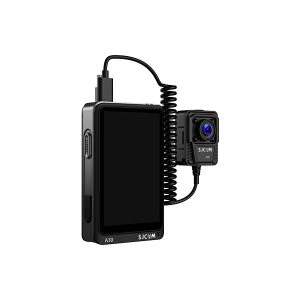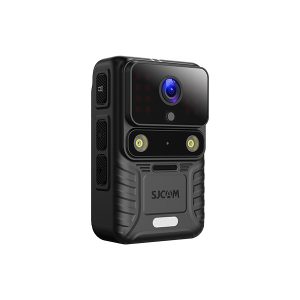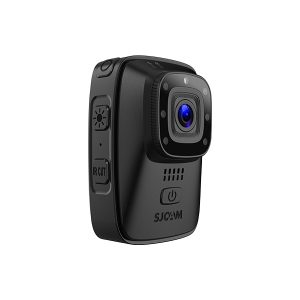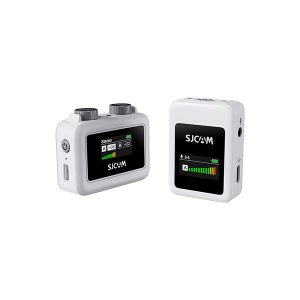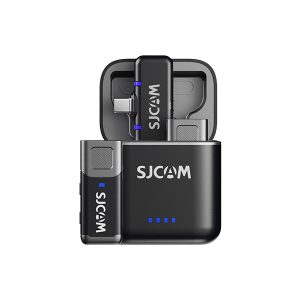无需云台即可稳定相机的 6 种方法
在数字摄影和摄像领域,捕捉连续流畅的视频片段至关重要。虽然万向架是稳定摄像机的便捷工具,但 摄像机,并不是每个人都可以随时使用它。但是,我们害怕没有!您可以使用多种策略和方法来实现稳定的拍摄,而无需依赖万向架。让我们来发现一些有效的技巧:
1. 正确的牵手技巧:

三向接触点:
用双手握住相机,同时将其推到太阳穴上,作为第三个接触点,以确保安全。这可以形成坚固的基础并减少不稳定的视频。
持续呼吸:
持续练习呼吸,并尝试将快门释放与呼吸模式结合起来,尤其是在拍摄静态照片时。这有助于减少呼吸带来的微动作。
2. 使用摄像机背带或背带:

颈带或肩带:
使用颈带或肩带支撑相机。将肩带拉紧在脖子或肩膀上可以产生压力,稳定拍摄效果。
上身或身体安全带:
购买专门的摄像机安全带,可以将重量分散到您的身体各处,提供稳定性并减少晃动。
3.使用您的环境:
针对表面区域的支撑:
拍摄时靠在墙面、文字或任何坚固的表面。使用这些表面作为临时三脚架,以减少摄像机运动。
全天然三脚架:
使用桌子、石头或树枝等物体来放松相机,提供额外的安全底座。
4. 光学和数字照片稳定:
镜头稳定:
有些镜头具有内置光学稳定功能。此功能的好处是可以降低电子相机抖动的影响。
软件解决方案:
后期制作软件通常包含数字稳定设备。虽然它不能替代正确的拍摄方法,但它可以帮助挽救有些不稳定的视频片段。
5. 自行安装稳定设备:
自制稳定器:
使用家用物品(例如绳三脚架(使用绳子或皮带作为稳定器)、自制无花果齿轮或重型支撑装置)制作 DIY 稳定器,以实现更平稳的运动。
豆袋或沙袋:
将它们放置在表面上,为您的摄像机创建一个安全的系统。
6.练习与坚持:
流畅的动作:
平稳地练习平移和倾斜,以尽量减少抖动。缓慢而有计划的动作通常会产生更好的效果。
身体耐力:
构建身体耐力和安全感可以显著提高您长时间拍摄稳定视频的能力。
最后的想法:
虽然万向架可以提供无与伦比的稳定性,但了解这些不使用万向架来稳定相机的方法可以提高您的摄影和摄像技能。探索这些方法,使其适应您的拍摄风格,并记住熟能生巧。欢迎挑战,发现不使用万向架来支撑拍摄的艺术!







 天猫商城
天猫商城 京东店
京东店 Aliexpress 商店
Aliexpress 商店 亚马逊商店
亚马逊商店
















